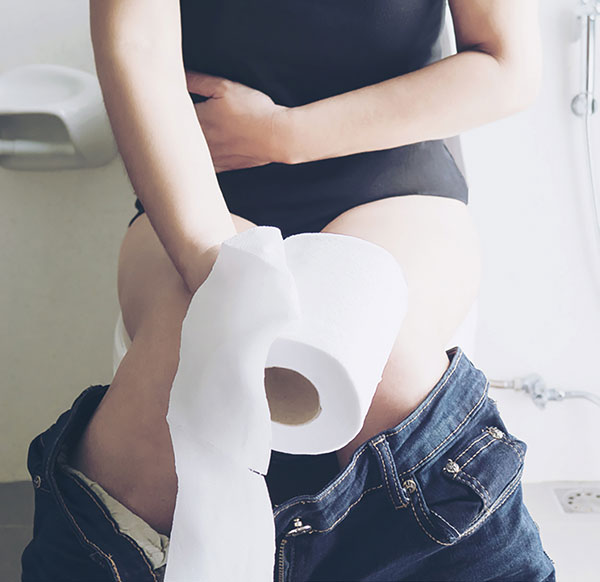
Home
About Us
Second Opinion
Media
Events
Get Care
Call us at
Contact Details
5 Things To Know About Anal Fistula

5 Things To Know About Anal Fistula
1. Definition
A fistula is an abnormal connection between two bodily surfaces. An anal fistula is an abnormal tract that forms
between the anal canal (interior of the anus) or rectum and the skin around the anus. It usually manifests initially
as a perianal abscess (collection of pus near the anus).
2. Causes
An anal fistula normally starts when an anal gland becomes blocked and infected. Instead of breaking back into the
anus, the infection breaks through to the skin next to the anus and creates a tunnel. As long as this internal
opening stays open, the fistula usually will not heal. An anal fistula may also occur following the draining of an
abscess, mainly because the internal opening was not obvious at that time and was not treated.
3. Symptoms
Some fistulas start as a small pimple around the anus. This bursts and pus and/or blood are discharged. It then
heals, but the pimple can form and burst again after some time. A fistula may also develop after an abscess has been
drained. The wound heals well initially, but it may not close completely even after a long time. In some cases,
though the skin heals, swelling would occur under the scar and pus gets discharged when the scar bursts.
4. Diagnosis
A history of repeated swelling and discharge can point towards the diagnosis of a fistula, and an examination of the
area may reveal the presence of the channel that leads from the skin into the anus. In some complex cases,
additional imaging such as endoanal ultrasound or magnetic resonance imaging (MRI) may be required to see the entire
length of the fistula tract to plan for treatment.
5. Treatment options
Surgery is often necessary to cure an anal fistula, with the most straightforward procedure being lay open
fistulotomy. The surgeon does this by cutting a small portion of the anal sphincter muscle to open up the entire
tunnel, which will then heal from within. For deeper fistulas, this method is not suitable due to the potential risk
of incontinence. Alternative methods include:
- Ligation of intersphincteric fistula tract (LIFT): dividing the tract as it passes between the two layers of sphincter muscles
- Fistula plugs: using a prosthetic material to fill up the tract and allow the growth of new tissues to replace the material
- Fibrin glue: a non-surgical treatment option, where the glue is injected into the fistula to seal the tract
- Seton: placing a suture (seton) around the tract to facilitate controlled drainage of the pus in the tract; this is only a temporary measure to clear the infection
- Video-assisted anal fistula treatment (VAAFT): inserting a videoscope through the opening to view the entire tract, and closing the internal opening, which comes with the added benefit of not having to make a long incision over the skin
Better Care.
Constant Support.
Thank you for choosing Ho Kok Sun Colorectal.
Kindly fill up the form below and we will get back to you as soon as possible.
Kindly fill up the form below and we will get back to you as soon as possible.
Our care team will be here for you before, during, and after your procedure. We strive to provide the highest quality of surgical care to our patients in a caring, compassionate, and respectful manner to ensure your healthy recovery.

Ho Kok Sun Colorectal
Colorectal Surgeon
3 Mount Elizabeth,
Mount Elizabeth Medical Centre
#12-09, Singapore 228510
Mount Elizabeth Medical Centre
#12-09, Singapore 228510
| Tel | : (+65) 6737 2778 |
| Fax | : (+65) 6737 2389 |
| : hokoksuncolorectal@gmail.com |
| Mon - Fri | : 9am - 1pm, 2pm - 5pm |
| Sat | : 9am - 1pm |
| Closed | : Sunday, Public Holiday |
Website maintained by Activa Media. All rights reserved.
